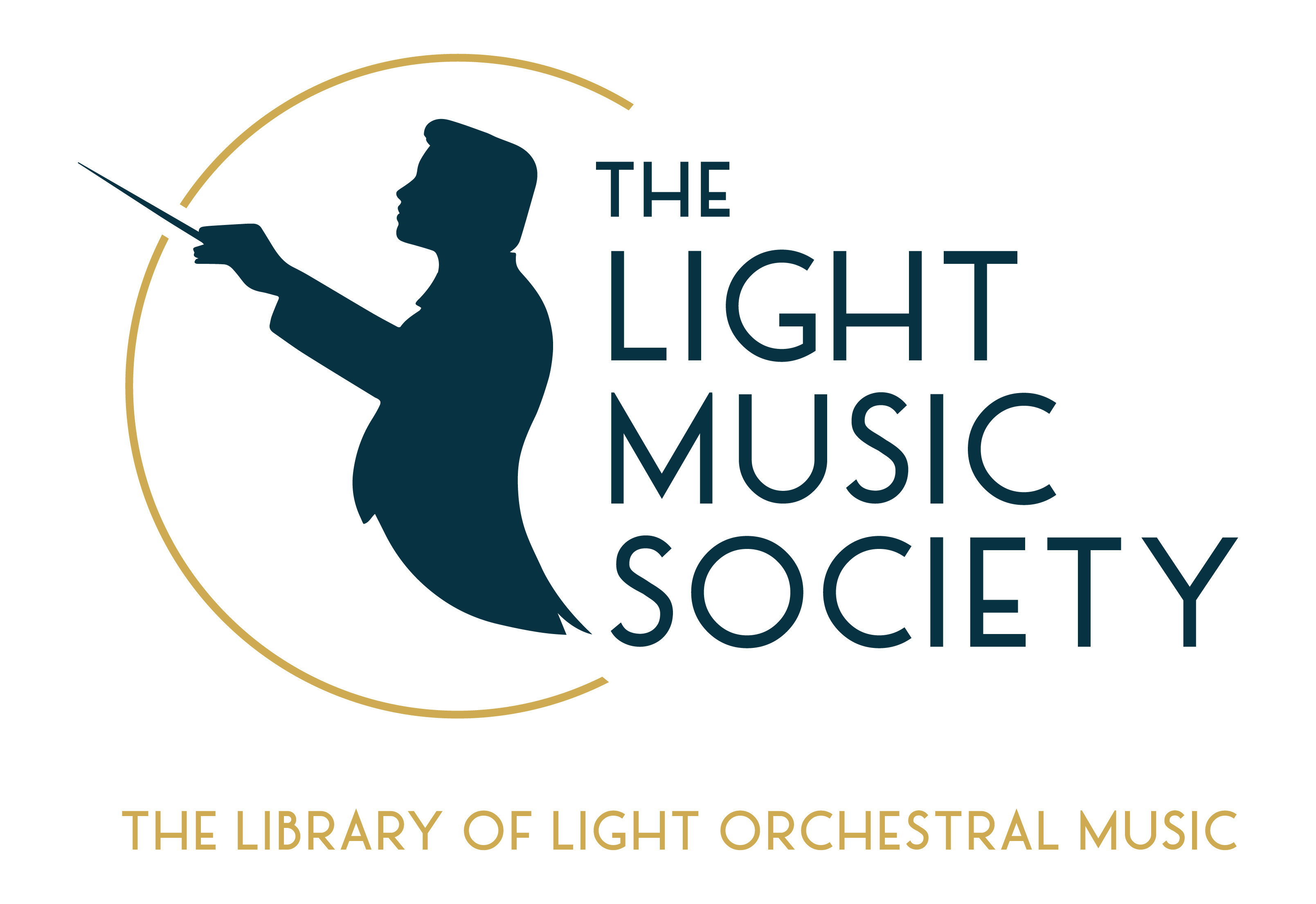Duncan Honeybourne
Heritage Records HTGCD132
Born a mere stone’s throw from the hub of the Light Music Society’s operation in Bolton, Thomas Pitfield’s reputation at the moment seems to rest primarily on his illustrious educational career. To call him a polymath, however, might be something of an understatement: he was a painter, illustrator, ornithologist and craftsman as well as being a teacher and, upon the evidence of this and a handful of other recordings, quite the composer.
This disc of his piano music performed by Duncan Honeybourne demonstrates something of the range of Pitfield as a composer, although on particular show here are his gifts as a miniaturist. The longest single-movement work is the Toccata that opens the disc. This is a most striking curtain raiser: powerfully rhythmic, featuring rapid-repeated notes, considerable chromaticism, sharp mood changes and memorable melodic material. The ‘mood swings’ are somehow entirely natural thanks to the development of the melodic motifs, yet in spite of its virtuosity, the music is never heavy handed, an aspect in which Honeybourne, with his own fleet-fingered dexterity, is an ideal performer.
Dedicated to Stephen Wearing, who premiered and to whom is also dedicated Pitfield’s first Piano Concerto (available conducted by LMS Trustee Andrew Penny on Naxos), the other substantial single-movement work (though still under five minutes) is the Novelette. Here we find the composer in gentler mood with a beautiful central cantabile melody, which takes some quite unexpected chromatic turns as it is developed.
The disc also features a number of multi-movement works, none of which exceed ten minutes. The first of these, Circle Suite, seems to indicate the composer’s fascination with a marriage of ancient and modern, taking rather older forms (a Bourée, a Pavan and a Jig with a more conventional Minuet as a slower movement). Coupled with Pitfield’s own voice, however, these are quickly revealed as being far from backward looking works, rather taking pre-existing forms and combining them with a much more modern (albeit unashamedly tonal) idiom. The Sonatina No. 2 also seems to be a work poised at the precise intersection of music of great lightness, while still placing considerable demands on the pianist. Somehow Honeybourne makes it all sound easy, especially in its tonally unstable first movement!

Some of the pieces on the disc show the composer’s interest in music from a little further afield (Western Europe with Impromptu on a Tyrolean Tune, and Eastern Europe with Two Russian Tunes) and there are several short pieces with a rich variety of moods to whet the appetite of the listener. I’m especially drawn to the first of the Three Bagatelles and the Humoresque, the latter of which takes a simple playful melody on a short and rather wild journey.
Honeybourne, who filmed a live performance of several works from the disc from Forsyth Music Shop, is clearly enamoured of Pitfield’s musical wit and lyricism and a great advocate for the music recorded here. Admittedly, in a CD comprising mostly short works, it might at first be easy to become a little lost in the 30 tracks, but Honeybourne brings a particular character to each of the pieces ensuring that your listening experience will always be varied and engaging. The disc itself is illustrated with a pen and ink drawing of the town of Knutsford by Pitfield and the release continues a welcome exploration of a composer who was very seldom, it seems, given to self promotion. DA

Leave a Comment
I hope you enjoyed this post. If you would like to, please leave a comment below.